Kratom vs Kava: Understanding the Differences
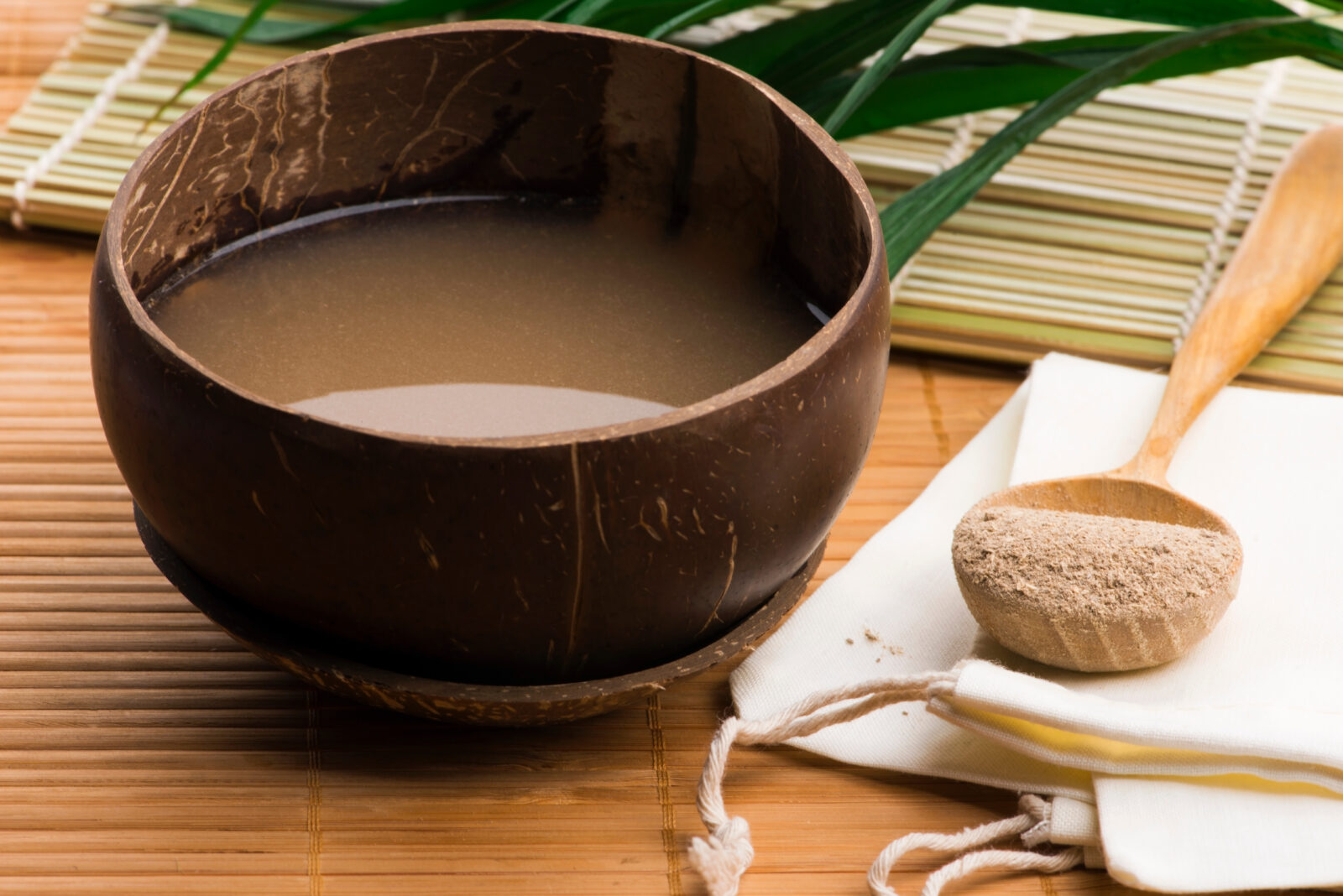
Myra Millan, a devoted contributor to Breathe Media's Breathe Miami…
Kratom and Kava are two plants that have been used for centuries to promote relaxation, reduce stress, and provide a sense of well-being. While they may seem similar, they have some distinct differences that set them apart. In this blog post, we will explore the characteristics of each plant and what sets them apart from one another. We’ll take a deep dive into their origins and use, effects on the body, legal status, and potential health risks associated with both kratom and kava. Lastly, we’ll give you a comparative analysis of the two plants to help you decide which is right for you. So whether you’re looking for Kava bars in Miami, an alternative to traditional medicine or just curious about these fascinating plants, keep reading to learn more about Kratom vs Kava.
Understanding Kratom
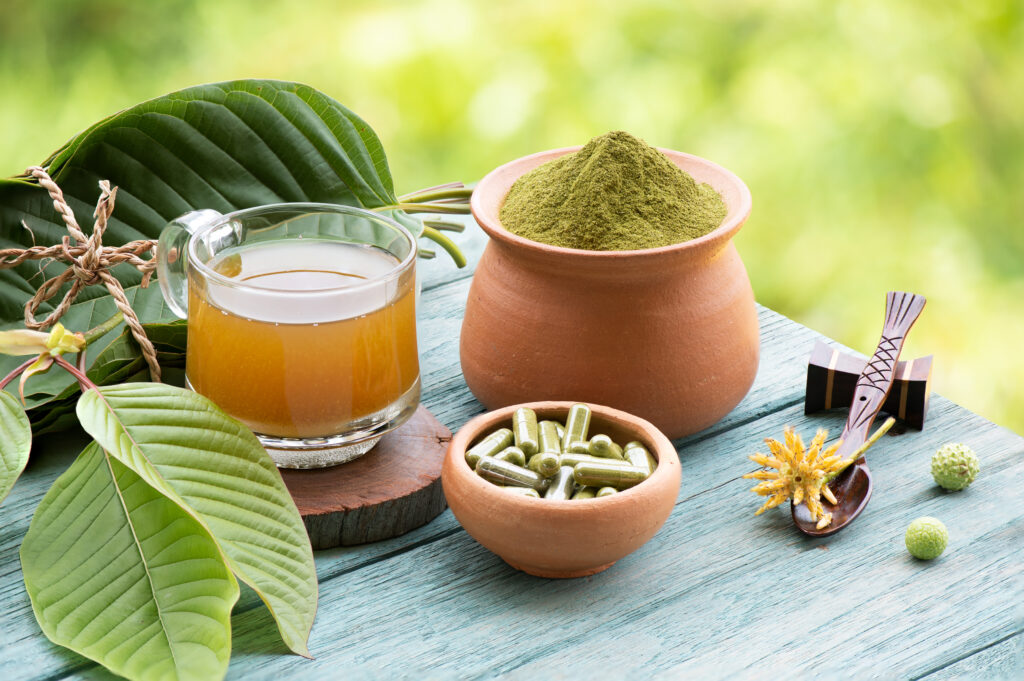
Kratom, originating from Southeast Asia, has long been used for pain relief and alleviating withdrawal symptoms. Its active ingredients interact with opioid receptors, producing effects similar to opioids. While kratom has gained popularity in the US, it carries addiction risks and potential side effects. Scientific research on its health benefits is limited, and the FDA has expressed safety concerns. The legality of kratom varies across states, with some allowing its use while others ban it. Kratom should be approached with caution due to its addictive nature and potential health risks.
Origin and Use
Derived from the leaves of the Mitragyna speciosa tree, kratom is a natural remedy that has been traditionally used in Southeast Asia for pain relief and an energy boost. On the other hand, kava is made from the roots of the Piper methysticum plant and has long been used in the South Pacific for its calming and anxiety-reducing effects. Both kratom and kava bars have gained popularity in the Western world for their medicinal properties. Kratom is typically consumed in powder or capsule form, while kava is enjoyed as a drink. The legal status of both substances varies by country and state.
Effects
Kratom is known for its stimulating and energizing effects, while kava is recognized for its calming and relaxing properties. Kratom can also provide pain relief, whereas kava is commonly used to reduce anxiety and stress. Kratom is available in various forms such as capsules, tea, or powder, while kava is typically consumed as a beverage. It’s important to note that kratom carries potential negative side effects like addiction and withdrawal, while kava, when consumed in moderation, is generally considered safe. Before using either kratom or kava, it’s crucial to understand their potential risks and benefits.
Uncovering Kava

Kava drink, also known as kava root, is a plant indigenous to the South Pacific islands. It has been utilized for centuries in traditional ceremonies, social gatherings, and medical purposes. Typically, kava root is ground into a fine powder or converted into a liquid extract for consumption. Its primary effects are anxiolytic, promoting relaxation, stress relief, and mental clarity. Unlike kratom, kava does not directly interact with opioid receptors, making it a safer alternative without the risk of addiction.
Origin and Use
Originating from Southeast Asia, kratom is a natural remedy known for its pain-relieving, energy-boosting, and mood-enhancing properties. On the other hand, kava is derived from the South Pacific and is commonly used to reduce anxiety, combat stress, promote relaxation, and aid with sleep. While kratom has stimulating effects, kava is more sedative in nature. It’s important to note that regular, high-dose usage of kratom can lead to addiction, whereas kava is typically not associated with addiction or withdrawal symptoms. Additionally, both kratom and kava face legal controversies in certain countries and states.
Effects
Kratom is renowned for its stimulating and pain-relieving properties, whereas kava is known for its calming and relaxation effects. Higher doses of kratom can have a sedative effect, while kava can induce mild euphoria. Both substances have been used medicinally to treat anxiety, depression, and insomnia. However, kratom has faced controversy due to potential addiction and withdrawal symptoms, while kava has been associated with rare cases of liver toxicity. It is crucial to research and consult a healthcare professional before using kratom or kava for medicinal purposes.
Legal Aspects of Kratom and Kava
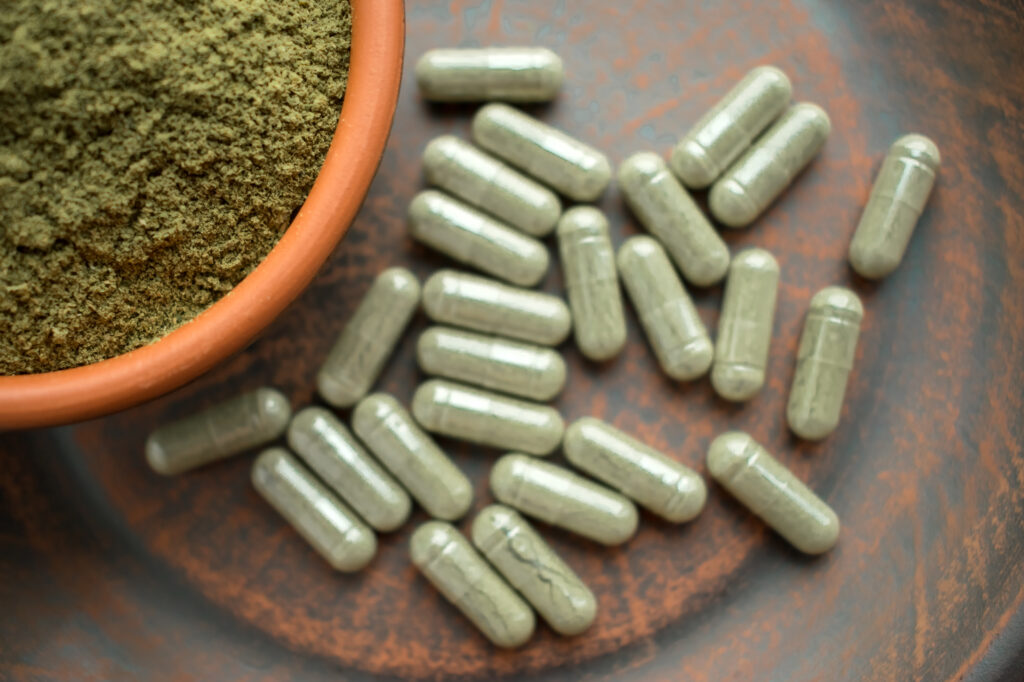
The legal aspects of kratom and kava vary across different states and countries. While some jurisdictions ban the use of kratom, others regulate or allow it. At the federal level in the United States, kratom remains legal, although it is considered a drug of concern by the DEA. On the other hand, kava is generally legal in most countries, but its legal status may vary within individual states or regions. For example, Hawaii has specific regulations for the sale and use of kava products. It is crucial to research and understand the legal status of kratom and kava in your specific location.
Legality of Kratom
The legal status of kratom in the United States varies from state to state. Some states, including Alabama, Arkansas, and Wisconsin, have banned its use, possession, or sale. However, other states, such as California, Florida, and New York, have implemented legal regulations allowing adults to use kratom. At the federal level, the legality of kratom remains complex due to concerns raised by the FDA about its safety and potential health risks. It is important to research and understand the legal status of kratom in your specific state or country before using or purchasing it, as legislation changes can impact its availability and use.
Legality of Kava
Kava is legal in most countries, including the United States, Canada, Australia, and various European nations. However, the legal status of kava can vary within individual states, provinces, or territories. For example, the legal status of kava in the United States differs in states like Rhode Island, where kava bars are prohibited, versus states where kava bars are legal and regulated. Before using kava, it is important to research the legal status of kava in your specific location, as it may be subject to different regulations.
Health Implications of Kratom and Kava
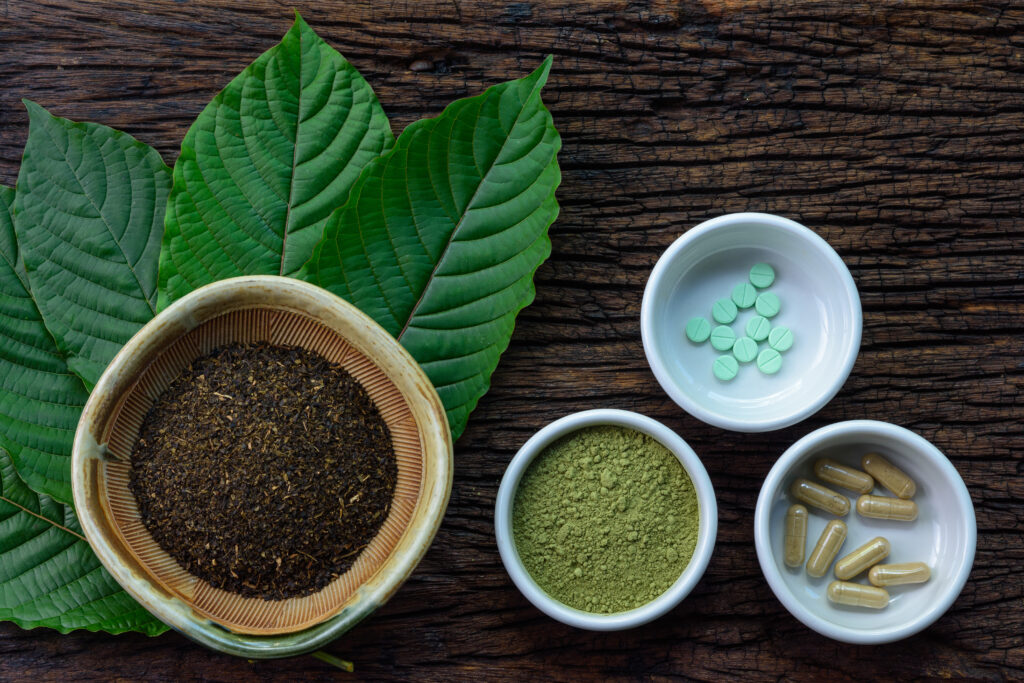
Both kratom and kava offer potential health benefits, but it’s crucial to be aware of the risks and side effects. Kratom, used responsibly, may provide pain relief, mood enhancement, and alleviate withdrawal symptoms, albeit with the risk of addiction, withdrawal, and potential liver damage. Kava, consumed moderately, can offer stress relief, mental clarity, and anxiolytic effects, but excessive use may lead to liver damage. It is essential to use kratom and kava responsibly, adhere to recommended dosages, and consult a healthcare professional if you have underlying health concerns.
Health Risks Associated with Kratom
Kratom use has been linked to potential liver damage. Addiction to kratom can result in withdrawal symptoms comparable to those experienced with opioids. Safety concerns revolve around the risk of overdose, prompting the Drug Enforcement Agency (DEA) to classify kratom as a drug of concern. Scientific research on kratom’s effects is limited, thus hindering our understanding of its long-term health risks. It is crucial to be aware of these health risks and exercise caution when considering the use of kratom as a dietary or nutritional supplement.
Health Risks Associated with Kava
While kava is legal in the United States, the Food and Drug Administration (FDA) has issued warnings about the potential health risks associated with kava consumption. Kava use has been associated with potential liver damage, although the risk is considered to be low. Heavy, long-term use of kava has been linked to an increased risk of health issues, such as liver toxicity. Some individuals may experience allergic reactions or side effects, such as nausea, vomiting, or skin rashes, when consuming kava. It is important to use kava responsibly and in moderation, as excessive use of kava can increase the risk of adverse health effects.
Kratom vs Kava: A Comparative Analysis
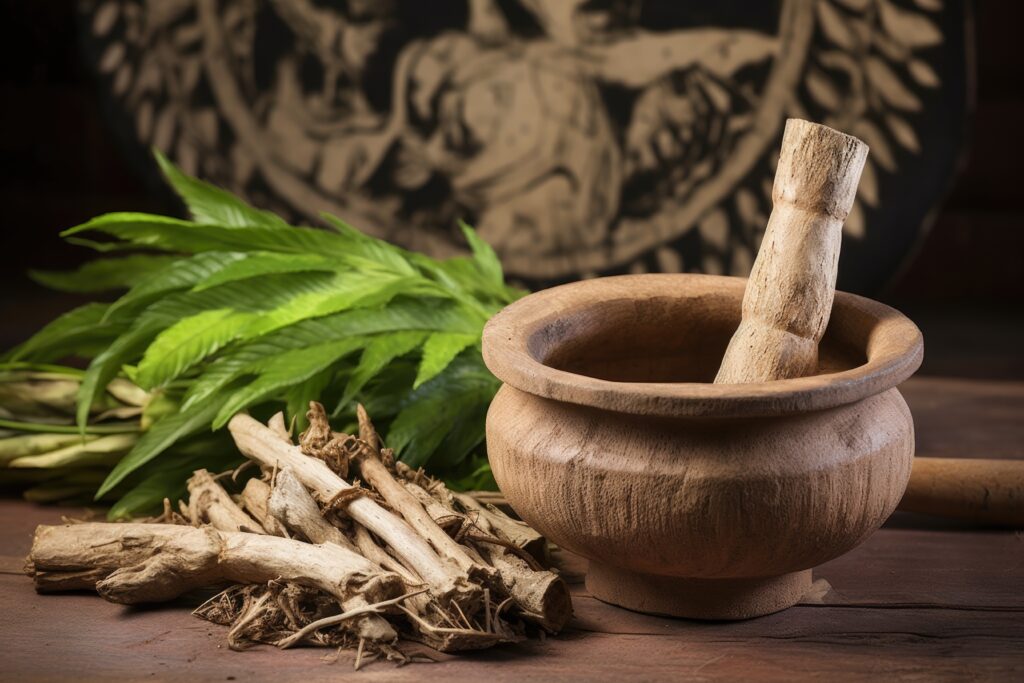
Kratom and kava, derived from the coffee and pepper families respectively, have long been used as natural remedies in Southeast Asia and the South Pacific islands. While kratom contains mitragynine and acts on opioid receptors for pain relief, kava’s kavalactones produce anxiolytic effects by affecting the limbic system. Kratom is available in various forms like powder and is often found in grocery stores as a dietary supplement. On the other hand, the root of the kava plant is commonly consumed in liquid extract form or mixed with coconut milk. These key differences make kratom and kava suitable for different purposes, such as managing chronic pain and promoting relaxation.
A Look into their Psychoactive Components
Active ingredients in kratom, such as mitragynine, interact with opioid receptors, providing pain relief and potential mood effects. On the other hand, kava contains kavalactones that affect the limbic system, promoting relaxation, reducing anxiety, and potentially enhancing sociability. These psychoactive components have different mechanisms of action, resulting in variations in their effects. It’s important to understand these distinctions when considering the use of kratom or kava. Their unique properties make them natural remedies with potential benefits for individuals seeking alternative solutions for chronic pain or mental health issues.
Differences in their Effects
Kratom is renowned for its potential pain relief, increased energy, and mood enhancement effects. Conversely, kava is commonly utilized for its anxiolytic properties, inducing relaxation, stress reduction, and potentially improving mental clarity. While the effects of kratom can vary due to factors such as strain, dosage, and individual differences, kava effects are generally more consistent. These key differences make kratom and kava distinct in their respective applications for addressing different needs and desired outcomes.
Addiction Potential for Kratom and Kava
Kratom powder is often sold in various forms, such as capsules or as a loose powder. It can be found online or in specialty stores, but is not typically available in regular grocery stores. Due to its potential for addiction and abuse, kratom is considered one of the drugs of concern. On the other hand, kava, derived from the root of the kava plant, is available in different forms including powders, liquids, and extracts. When used responsibly, kava is considered to have a low risk of addiction, abuse, or withdrawal symptoms, making it a safer option for some individuals.
Choosing Between Kratom and Kava
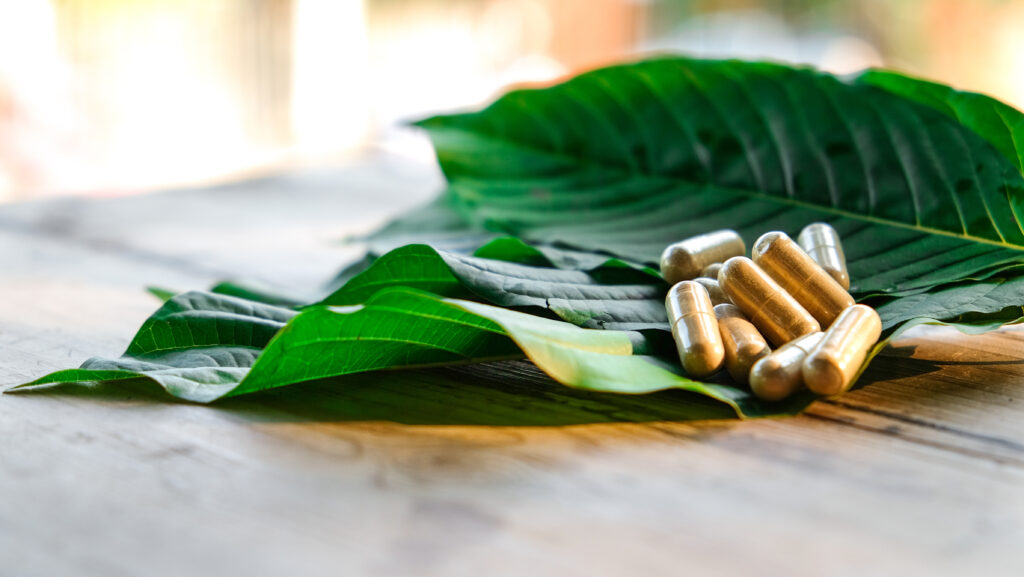
When deciding between kratom and kava, various factors come into play. Individual preferences, health concerns, and desired effects all shape the decision-making process. It is crucial to conduct thorough research on both substances, including their potential risks, effects, and legal status. Seeking guidance from a healthcare professional or an experienced user can be invaluable in making an informed choice. Kratom may be more suitable for pain relief, while kava is often favored for relaxation and stress reduction. A gradual approach, starting with small doses, allows for personal experimentation to determine the effects of each substance.
Is Kratom or Kava Right for You?
Considering your health, potential risks, and desired effects is crucial when deciding between kratom and kava. Consult a healthcare professional if you have any concerns or pre-existing conditions. Start with small doses, monitor effects, and adjust as needed. Research the legal status in your location. Remember responsible use and moderation are key.
Conclusion
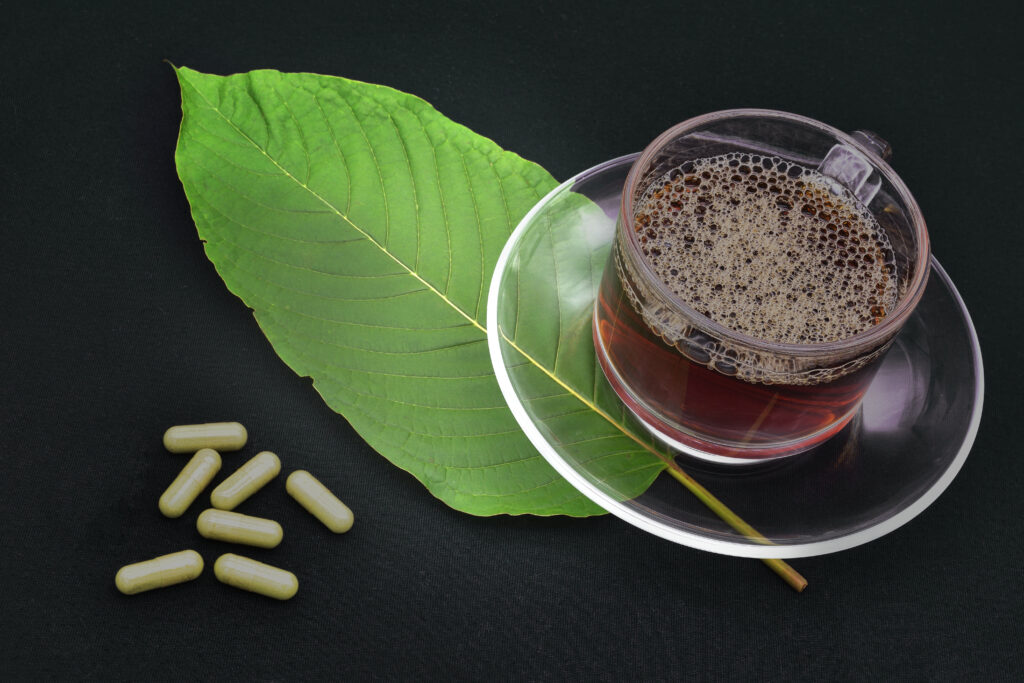
In conclusion, both Kratom and Kava have distinct origins, uses, effects, and legal aspects. While Kratom is known for its stimulant and opioid-like effects, Kava is renowned for its calming and anxiety-reducing properties. It’s essential to be aware of the potential health risks associated with both substances, including addiction potential. When choosing between Kratom and Kava, it’s crucial to consider your individual needs, preferences, and any underlying health conditions. It’s always recommended to consult with a healthcare professional before incorporating either Kratom or Kava into your routine. Remember, responsible and informed usage is key to ensuring a safe and beneficial experience.
Myra Millan, a devoted contributor to Breathe Media's Breathe Miami publication, brings a wealth of experience as a long-time Miami resident, dedicated mother, and passionate teacher. Her zest for life is evident in her love for fitness, often found powering through Peloton workouts and dancing her heart out. Hailing originally from New York and a graduate of University of Salamanca, Myra and her family make it a tradition to explore the wonders of Florida, with annual trips to rejuvenating Marco Island. She constantly seeks out quality experiences that invigorate the body, nourish the mind, and uplift the soul, making her a vibrant addition to the Breathe Media team.







